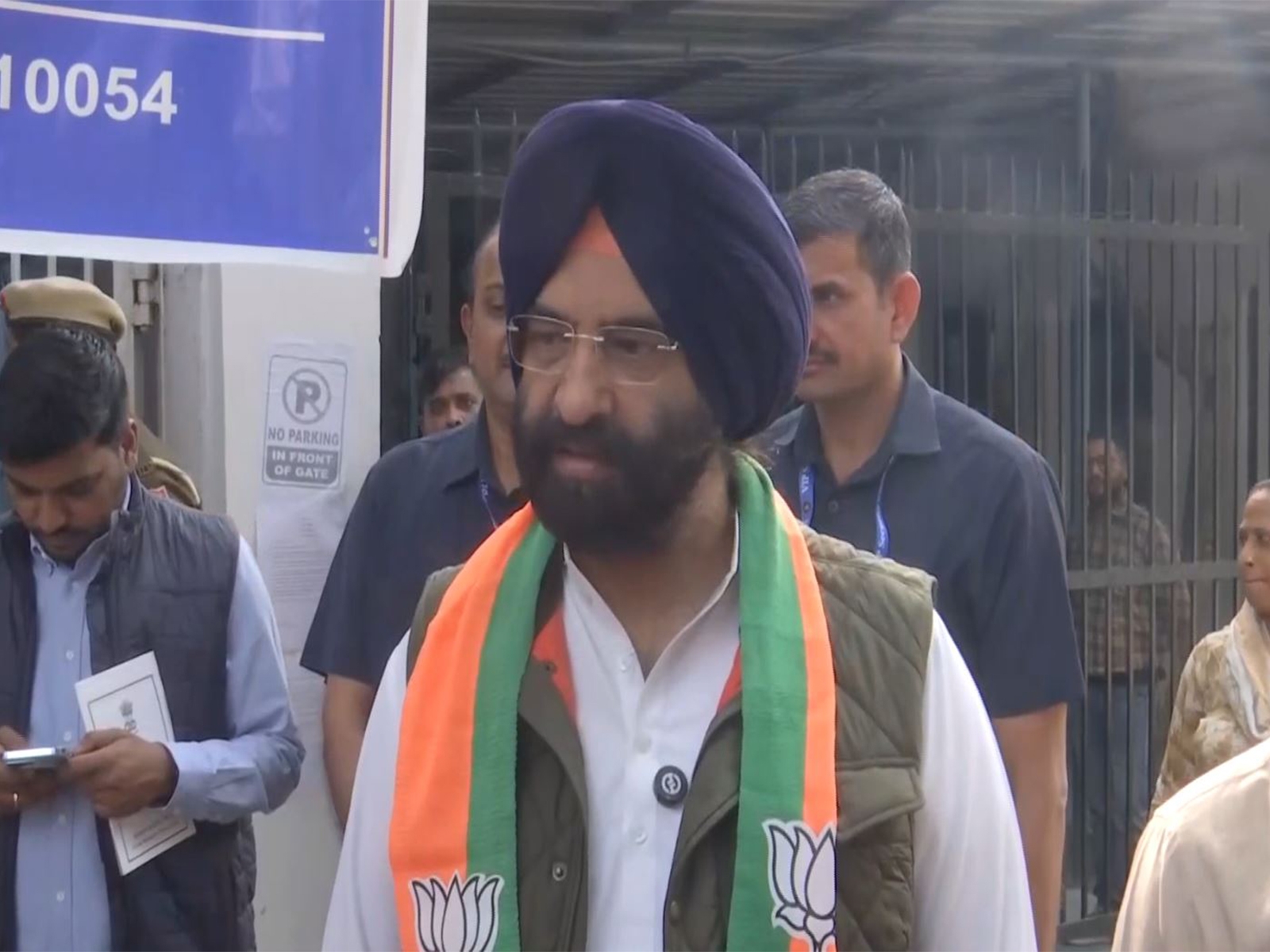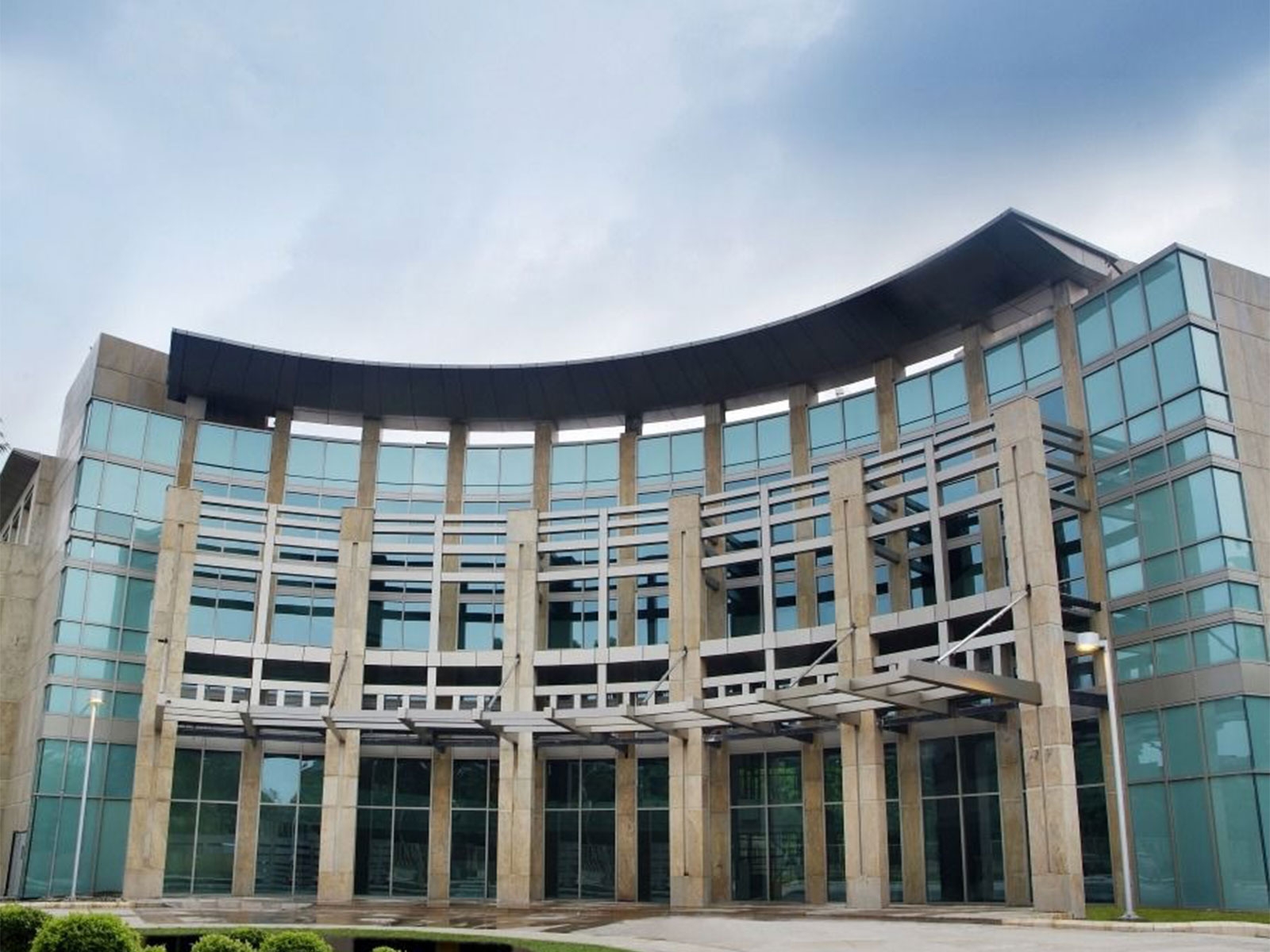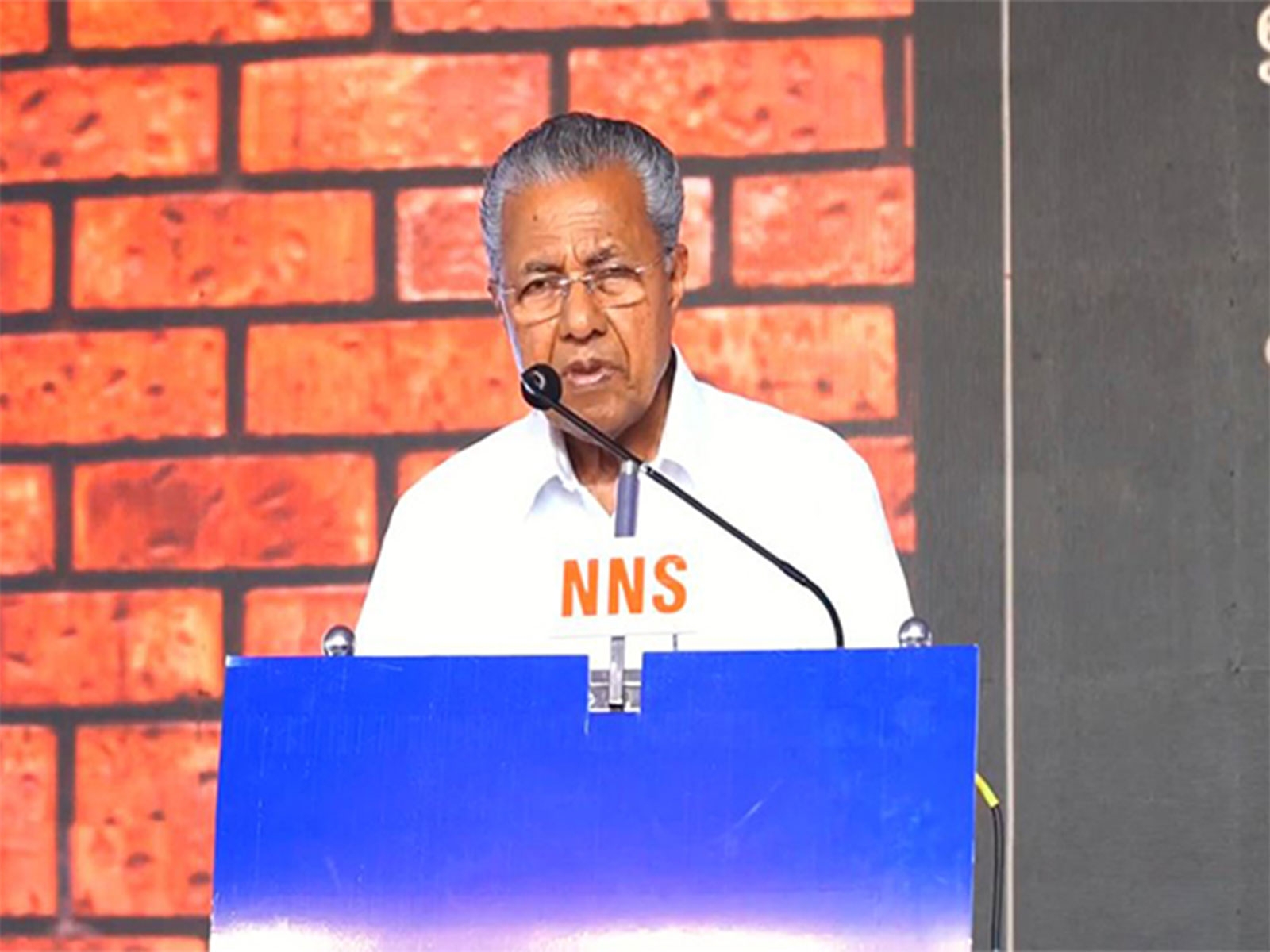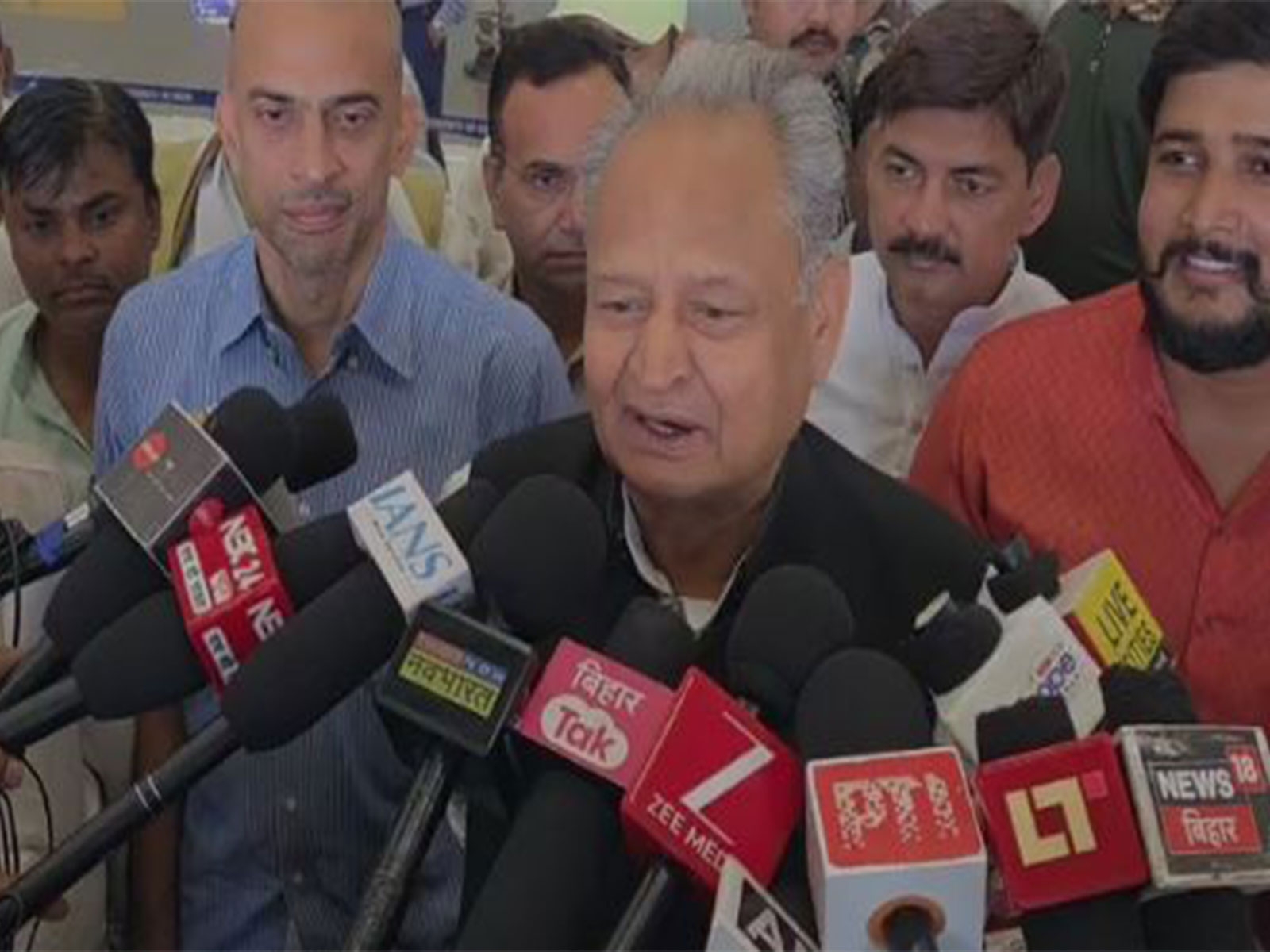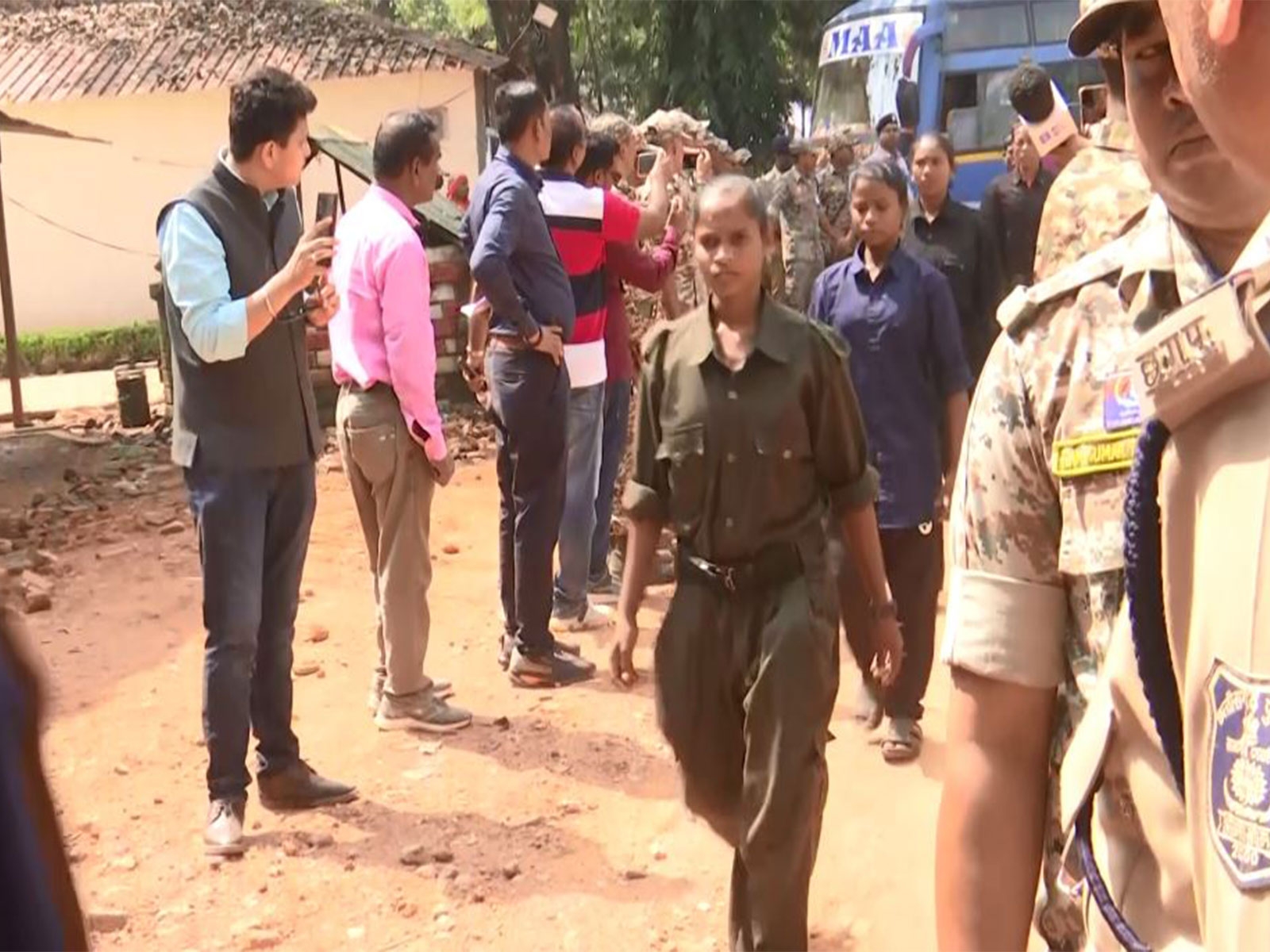Nepal's regressive Draft Constitution faces resistance from oppressed

The document
- A popular uprising in 2006 ended the Hindu monarchy in Nepal
- It is now a \'secular\' and \'federal\' democratic republic
- A new Draft Constitution was tabled in parliament last month
The protests
- People from various parts of Nepal have started protesting against the Draft Constitution
- From the hills of Karnali to the Terai plains, the public is up in arms
- Half-a-dozen protestors have died in police firing
The cause
- People are angry because the Draft Constitution is regressive and unrepresentative
- It seems to go back on the \'secular\' and \'federal\' aspects of the republic
- It seeks to differentiate between ethnic \'bloodline\' Nepalis and assimilated citizens
- It doesn\'t give appropriate representation to people from the Terai plains
- It seeks to keep power concentrated in Kathmandu, and in the hands of the traditional upper castes
It has already been four months since a 7.8 magnitude earthquake ripped through Nepal. Aftershocks continue to remind people that the ground beneath their feet remains unsettled. But they seem to have taken the risks in their stride.
Nepal's politics, however, is in back in trouble. The capital, Kathmandu, may be relatively calm, but the countryside is on fire.
Tensions rising
The Karnali region in the mid and far-west mountains has been in turmoil for well over a week. The Tharuhat - homeland of the Tharus in the western Terai plains - has been agitating for constitutional recognition.
The Madheshis in the eastern and central Terai-Madhesh plains are up in arms. Almost half-a-dozen protestors have already died in police firing, while hundreds have been reported injured due to lathi-charge, tear-gas shells and live bullets fired from close ranges.
Razor-wire barricades and menacingly-armed riot police are becoming familiar scenes in the bazaars of Terai-Madhesh.
In less than a decade since the popular uprising in 2006 that transformed Nepal from a Hindu monarchy to a secular and federal democratic republic, people are restive over the Draft Constitution.
There is widespread anger that the Draft Constitution seeks to institutionalise the inequalities inherent in Nepali society and polity.
Why are the indigenous Janjatis, ethnic Madheshis, downtrodden Dalits and women so agitated? This includes even members of those parties that are signatories to the 16-point deal that has led to the Draft Constitution
The media and the civil society in Kathmandu have made almost no attempt to see that the proposed statute is against political settlements reached in the past, as well as established values of citizenship, representation, inclusion, secularism and federalism.
Unequal citizens
Nepal is multi-ethnic, multi-racial, multi-lingual and multi-national in its composition. But it continues to abide by archaic principles of jus sanguinis, which holds that the "right of blood" rather than the place of birth determines one's citizenship.
In the legal system of Nepal, it is ancestry (Banshaj in Nepali) and not just parentage that has to be proven to obtain a 'normal' citizenship certificate.
Those acquiring citizenship on the basis of birth or through marriage are deemed to be assimilated citizens (Angikrit Nagarik), and are considered somehow 'less pure' than the ones with the patriarchal bloodline. These antiquated distinctions are extant despite their absurdity.
The draft statute goes a few steps further backwards from the provisions of the Interim Constitution. It seeks to enforce that both parents of a person, not either, have to be "hereditary Nepalese" for an applicant to acquire citizenship on the basis of ancestry.
The rest will be considered assimilated citizens, unfit for some of the higher posts in public life. And if that wasn't regressive enough, children with any one assimilated parents will continue to be so forever!
Disproportionate representation
The proposed provisions for representation are no less discriminatory. If the proposal becomes law, more than half of the country's population, which resides in the Terai-Madhesh, will have to remain content with just 60 seats in the lower house of Parliament. Hills and mountains, on the other hand, will get over 100 seats.
The ratio will be even more lopsided in the upper house, where Terai-Madhesh province will end up with five seats while the mountain provinces will have 25 representatives.
The Draft Constitution seeks to dilute and then do away with proportionate inclusion, which had opened doors for Madheshis, Janjatis and Dalits.
Instead, Gorkhali Brahmins will continue to control the reigns of legislature, executive, judiciary as well as almost all prominent outlets of the media, including newspapers, radio, television, and internet portals.
The Five Ms
After nearly two-and-a-half centuries of its existence, Nepal was declared a Federal Democratic Republic as recently as 2008. The country is still being run on a monarchical pattern, where everything is centralised in Kathmandu.
The 'staying together' model of federalism was determined to be appropriate for Nepal prior to the declaration of the republic. This model seeks to create sub-national units so that all sections of the population have a stake in the unity and prosperity of the country.
The public is angry that the Draft Constitution enhances inequalities in society, rather than eliminating them
However, there are forces at play which demand a status quo. Broadly speaking they consist of the five Ms - the military brass, the mandarins of civil administration, the mendicants of the Hindutva variety, the mediators of higher professions such as law and media, and the meddlers of the NGO sector.
All these Ms once supported the monarchy, and seem to think that federalism will challenge their traditional monopoly over the resources of the state.
The cabal - sometimes called the Permanent Establishment of Nepal (PEON) - is determined to either obstruct federalism or make it meaningless by creating administrative units that fail to address aspirations of identity, dignity and equality.
Even a cursory glance at the draft statute is enough to reveal that its intention is to turn back the clock ofto the 'glory days' of Gorkhali hegemony. This is to ensure that high-caste Brahmins and Kshatriyas will continue to run the country, as they have done for centuries.
The Hindutva factor
The Hindutva forces and the monarchists want to do away even with secularism, which is one of the pillars of modern democracy in any multi-religious and multi-cultural state. They want to replace it with the weaker idea of religious freedom.
There are several groups, including monarchists and proponents of militant Hindutva, which are campaigning for the restoration of Nepal as a Hindu country.
Such groups enjoy overt and covert support of various Hindutva forces from India, the most prominent of them being acolytes of Bharatiya Janata Party MP Yogi Adityanath of Gorakhpur.
The trouble is that despite their machinations, the ruling elite in Kathmandu are still fearful of being challenged. The 16-point stratagem was designed to take advantage of the post-earthquake fatigue.
The Madheshis, Janjatis and Dalits, however, have seen through the ruse. A confrontation will further enhance the confusion that reigns in the governance of Nepal.
The Constitution has to be a document of hope. When the dominant minority fears the dominated majority and tries to formulate a statute to institutionalise discrimination, seeds of multiple conflicts are sown.
The risk of instability in Nepal is increasing by the day, but it's still not too late to design a statute for a shared, equitable, just and democratic future.
That necessity needs to be emphasised by the friends of Nepal in the international community.
The views expressed here are personal and do not necessarily reflect those of the organisation.
First published: 20 August 2015, 5:34 IST

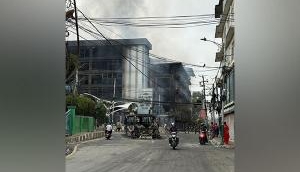


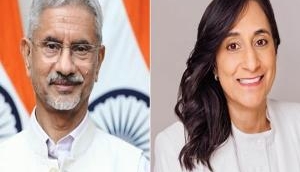
![BJP's Kapil Mishra recreates Shankar Mahadevan’s ‘Breathless’ song to highlight Delhi pollution [WATCH] BJP's Kapil Mishra recreates Shankar Mahadevan’s ‘Breathless’ song to highlight Delhi pollution [WATCH]](https://images.catchnews.com/upload/2022/11/03/kapil-mishra_240884_300x172.png)

![Anupam Kher shares pictures of his toned body on 67th birthday [MUST SEE] Anupam Kher shares pictures of his toned body on 67th birthday [MUST SEE]](https://images.catchnews.com/upload/2022/03/07/Anupam_kher_231145_300x172.jpg)


